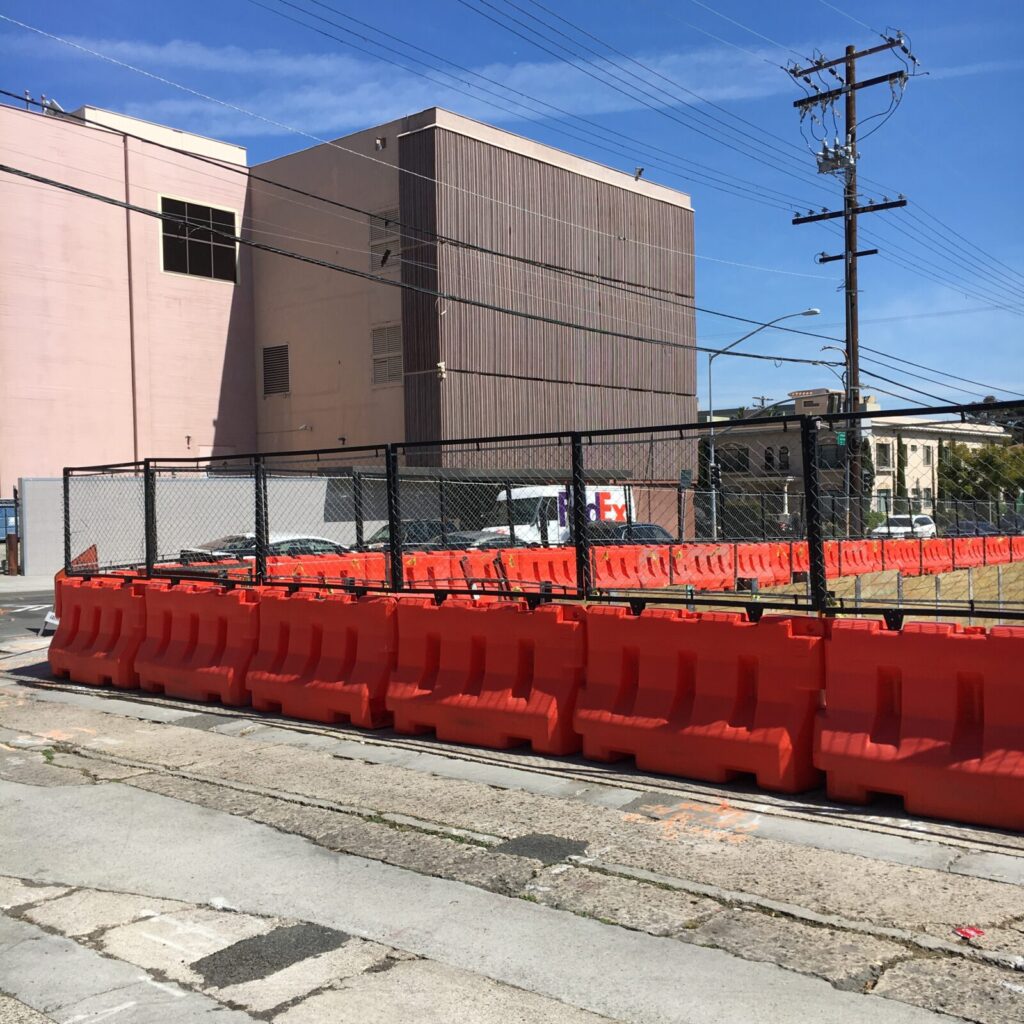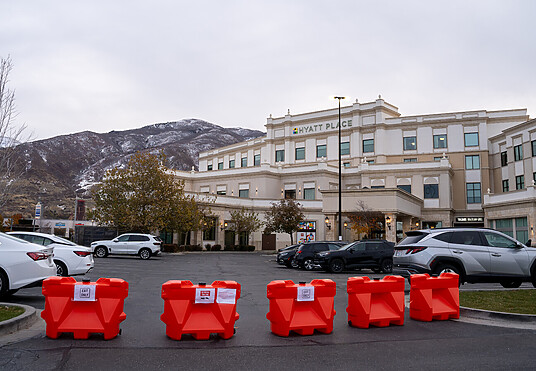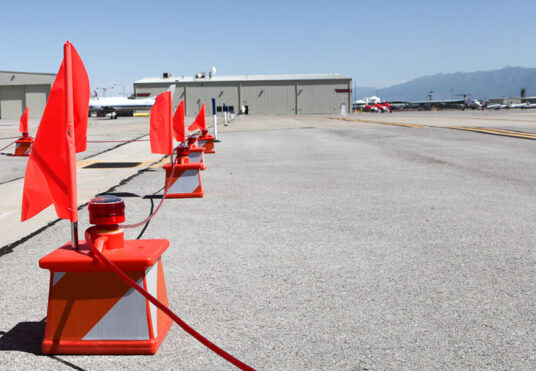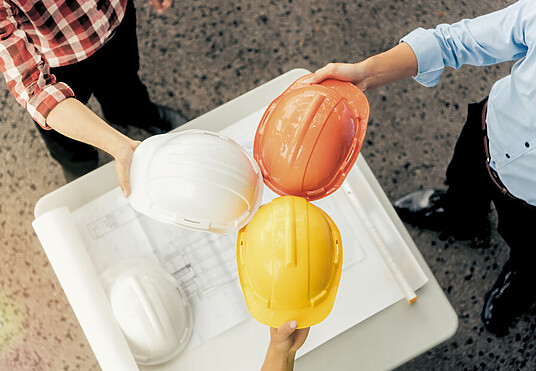Safety First: Reducing Common Hazards on Construction Sites

The list of potential hazards at construction zone sites is long, yet there are preventative measures that can be taken to help reduce injury and harm. Many of these steps are easy to enact and go a long way toward keeping safety levels high at any given construction zone or site.
Work zone safety reduces potential harm – what measures should be taken?
Proper PPE
Wearing sufficient personal protection equipment in work zones goes a long way in keeping employees safe on the job, wherever that may be. While PPE varies by job, items like helmets, gloves, and glasses are almost always a staple at any given job site. These items can help prevent various bodily harm such as Hand Arm Vibration Syndrome (a collection of sensory, vascular, and musculoskeletal symptoms caused by repetitive trauma from vibration, National Institute of Health), eye damage, and more. TIP: While employees should be consistent in wearing their PPE, ensuring that appropriate protective equipment is available is the responsibility of the employer.
Adequate Safety Training
Right alongside wearing suitable PPE in work zones is knowing which PPE is correct for your work space and wearing it properly. Training in this area is essential so that employees (whether newbies or veterans) know exactly what precautions they should be taking while they’re on the job. Awareness of potential hazards, and thus what precautions should be taken, is important for each individual to be trained on. For example, hazardous chemical awareness or what to do in the event that asbestos is present should be covered in training, among other things.
Proper training should also cover all equipment being used – whether large, heavy equipment such as forklifts, backhoes, or concrete mixers (to name a few), manufacturing equipment, or smaller power tools. Knowing the intricacies of each piece of equipment being used (and specifically what to do in an emergency) enables workers to use them safely and effectively.
In the case that someone has the potential to be working at elevated heights (as many in the construction business are prone to do), it is imperative that each individual understands how to do so safely. Fall protection is the number one OSHA (Occupational Health and Safety Administration) violation, and fall protection training comes in at number six on the same list. These violations are preventable, as the offender, proper knowledge of safety measures due to training, is something that can be implemented easily if the right steps are taken.
Signage: Directional and Hazard Warnings
Essential to alerting individuals to potential physical hazards is appropriate signage around any given construction site. Ensuring that hazards are signaled in apparent ways helps keep workers, visitors, and equipment alike safe. This includes where people are working at elevated heights, where there are moving objects present (e.g. active heavy equipment), holes or trenches, and more. A great way to display signage or block off hazards is with OTW’s billboard barricade. These lightweight barriers are perfect for encircling dangerous areas, displaying durable, necessary signage, and directing individuals. TIP: Proactively enacting safety measures is setting a construction site up for success – something every individual on site wants.
Barricading Work Areas
Construction barricades have come a long way over the last few decades, which makes barricading work areas for work zone safety even easier. Barricades, when used appropriately, are instrumental in helping to prevent serious injury at construction sites. This is incredibly important for maintaining good levels of safety. The bright colors and reflective sheeting of large water-filled construction barriers help deter accidents like slips and falls in hazardous areas and prevent motorists from entering prohibited areas. Jersey barriers are perfect for this sort of application. Where space is limited or larger barriers are not necessary, smaller barricades like crowd barriers or vertical panels can close in trailing cables when cordless tools are not possible or alert to a singular hazard.

Preventative safety means safety for all.
When safety is considered and enacted proactively, you’ll find that hazards are more visible, workers are more aware, and construction sites are safer for all. Work zone accidents happen every single day, yet many of them would be preventable if proper safety measures were taken in advance.
Reducing common hazards at construction sites is something every single employer and construction employee should work towards – where will you start!?
Download a PDF version of our Cheat Sheet to Reducing Common Construction Hazards here:


